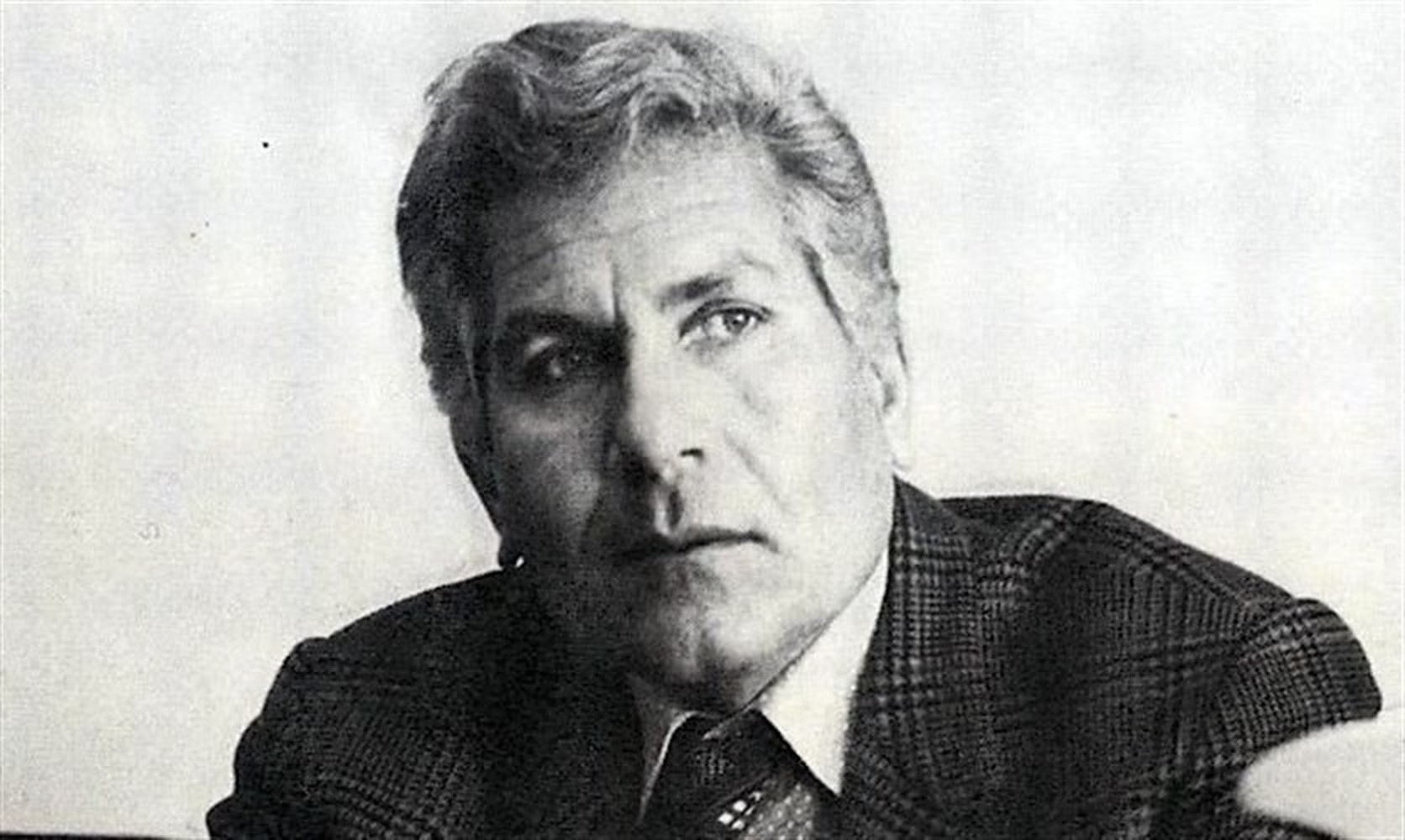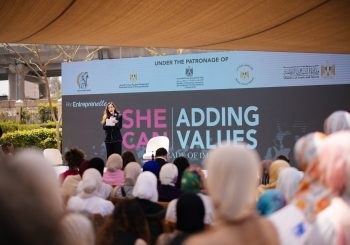Egyptians have always been fond of expression; a gracious act, a warm smile, or an affectionate and lighthearted conversation are more than just simple acts, but are an entire language. A light heart, or “dam khafeef”, is often used to describe those who are lively and expressive.
Telling stories is just one of many ways of expression embedded in Egyptian culture, so much so that ancient Egyptians were regarded as the world’s earliest storytellers, and their hieroglyphic language known as one of the earliest examples of a written language.
However, between ancient Egypt and today, the ageless art of storytelling has evolved. Influenced by many cultures over the years, the Egyptian short story took its own shape and identity. As translator Denys Johnson-Davies notes in his book ‘Homecoming: Sixty Years of Egyptian Short Stories’, little is known or written about the literary revolution that occurred in Arabic literature, particularly how the influence of Western literature led many Egyptian writers to adopt different genres, such as the short story.
As a genre, the short story flourished in the 19th century in Egypt and the Middle East in parallel to the rise of stronger cultural exchanges between the Middle East and Europe. As a more condensed, shorter literary genre than the novel, the short story reflected an author’s outlook on a particular societal issue or critical topic, using it as a mechanism for exposing social taboos or problems. Johnson-Davies adds that the time of the short story also witnessed a liberal turn towards open expression in matters of “sex and bodily functions”, citing the works of Egyptian writer Yusuf Sharouni.
Though the Arabic language had its own rich repertoire of short stories, with the famous example of ‘One Thousand and One Nights’, the short story regained its prominence after the translation of short stories from French, English and Russian writers. The modern short story also had a different writing style than Arabic folktales: it was more direct, realistic and straight-forward, which is in contrast to the extravagant and flowery language used by Arab poets in the past.
In Egypt, the defining moment that brought the new genre to the mainstream is credited to former ruler Muhammad Ali, who sought to modernize the country. Among his work was sending young Egyptian delegates to Europe to learn languages and translate scientific information into Arabic. However, these young Egyptians also came to embrace Western literature, and particularly Russian realist writers, who depicted a more humble and modest way of life that resonated with the Egyptians. These translated works were compiled in the Egyptian magazine ‘Al-Diya’ in 1897, which published translations of short stories or original compositions which discussed social and cultural topics.
A flourishing economy played a role in influencing the cultural development of society, as these newspapers and magazines came to be successful businesses, which helped bring about a new middle class that profited from producing new literary works and genres. It also raised a new professional class of journalists, writers and a reading public that came to appreciate literature more than it ever did before. These early writers were part of the Nahda movement, also known as a “renaissance” or “awakening”, and aimed to reform a society of archaic traditions and ideas, while also pushing for political liberation from the British.
After the 1919 revolution, young modern scholars of that generation, led by Mahmoud Taher Lasheen, pushed for contemporary Egyptian literature, which was later adopted by Al-Fajr magazine in 1925 that featured the short story collection, Sokhreyet El Nai (The Sarcasm of Flute, 1926) by Mahmoud Taher Lasheen, in the first issue of the magazine.
The first wave of Egyptian short story writers included Mustafa Lutfi al-Manfaluti and Mahmoud Taymur. Al-Manfaluti first gained recognition through Al-Abarat (Tears, 1915)”, which adopted a more realistic and pessimistic outlook of life that related with Egyptian readers at the time, capturing the agony and hardship that the characters had to endure. Mahmoud Taymur was another well-known short story writer, and his collection Nida’a al-Majhoul (Call of the Unknown, 1939), is regarded as the first serious effort in introducing realism into Arabic fiction. His brother, Muhammed Taymur, was also one of the first to write a short story in Arabic literature through Ma Tarahual-Uyun (Things Seen, 1922), which similarly introduced the concept of the realistic short story that dives deep into the lives and hardships of ordinary people.
During the 1930s and 1940s, the short story genre witnessed a decline in popularity. It witnessed its second wave in the 1960s, which carried a wind of heightened emotions that revolved around grand narratives about nation, Arab nationalism, and nationalism that enriched the short story genre.
These short stories were reflected in the ‘Gallery 1967’ magazine issue, which included short stories from writers such as Ahmad Hashem Al-Shareef, Jameel Atiyah Ibrahim, Jamal Al-Ghitany, Mohammed Al-Bosaty, Ibrahim Aslan, Yahia Al-Taher Abdallah, Mohammed Ibrahim Mabrouk, Yusuf Idris, and others. Yusuf Idris, in particular, is widely known as the “father of the short story”, which carried the influence of earlier writers that adopted a more realistic approach to the short story genre, depicting the difficult lives of ordinary poor people.
As literary critic Ferial Ghazoul notes, ”Like the Russian aristocrats of Chekhov, the provincial bourgeoisie of Flaubert, or the Ibo villagers of Achebe, Idris raises his authentic characters into convincing types within their context: he makes us live their agonies and hopes.’’
However, by the turn of the twentieth and twenty-first century, the Egyptian short story lost its identity, particularly after the major narratives of nationalism and Arab nationalism began to witness their own decay, and there was no longer room for spirited expressions and emotions to reappear in the short story.
After two intense events – the January 2011 revolution and the July 2013 revolution – a new generation of Egyptian short story writers, such as ‘Gridlock’ by Mohamed Salah al Azab, ‘Talk’ by Mohammed Kheir, ‘Whine’ by Hatem Hafez , and ‘Into the Emptiness’ by Hassan Abdel Mawgood, most of the characters hold a common theme – the absence of identity. In the ‘Book of Cairo’, which includes a collection of short stories by modern Egyptian writers, the stories tackle the themes of mental health and disillusionment, as most of the characters turn to entertainment, football or drugs in order to forget their own miseries.
Though there is no grand narrative, nor a common ideology, the short story today continues to play an indispensable role in realistically depicting the day-to-day lives of ordinary Egyptians, portraying a raw and honest outlook on life.







Comment (1)
[…] تعبيرات عن المشقة: تاريخ القصة المصرية القصيرة […]